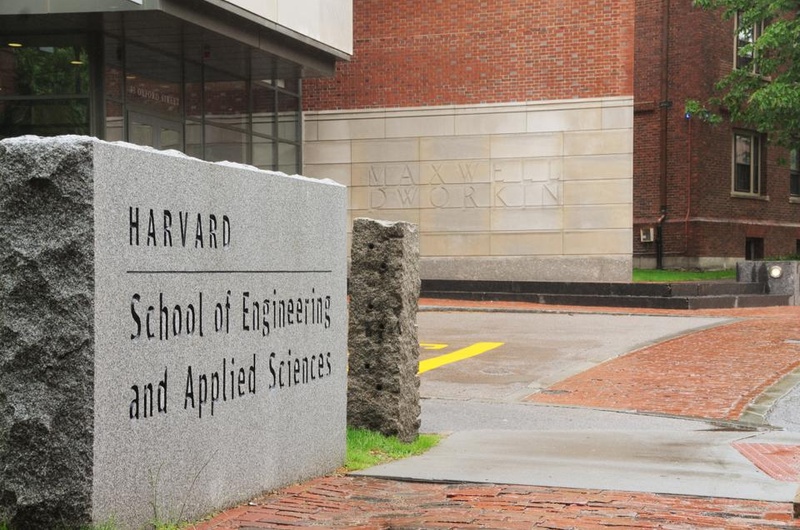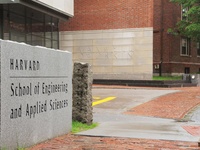Since its establishment as an independent institution in 2007, the Harvard School of Engineering and Applied Sciences has undergone phenomenal growth, with a nearly 37 percent rise in undergraduate concentrators in the past three years.
As the school develops a unique identity within the University, SEAS Dean Cherry A. Murray has detailed a number of lofty aspirations for expansion. She hopes to grow the student body by an additional 45 percent, expand the faculty by 30 or more full-time-equivalent members, and increase staff assistance—an area that most departments within the Faculty of Arts and Sciences are trimming.
And thus far, SEAS’ remarkable capacity for growth shows no signs of abating—a potentially worrying trend that might force the school’s administration to discover new ways to manage the growth while it operates within budget constraints and marshals finite research and lab space.
“My own opinion is that you may want to not stop things, but put on slight brakes,” says former SEAS Dean Venkatesh “Venky” Narayanamurti. “You may need to cut back and invest very carefully until the sun really shines.”
SEAS is less dependent on its endowment than FAS is, and the engineering school had substantially healthier reserves when the financial crisis required much of the University to cease growth. But the school nevertheless faces an almost certain decrease in available financial resources in the future.
“Whether it is in physical resources or in human resources or in other financial resources, our approach has been to optimize the use of current resources...[to continue our] high aspirations despite the financial challenges,” SEAS Associate Dean for Finance and CFO Harry E. Dumay says. “So the question is, how do we use resources more wisely?”
With an eye to the future, SEAS must now support its expansion by making tough decisions as it seeks to improve its allocation of space and maintain funding for graduate research as resources become tighter.
UNDERGRADUATE STRETCHES
Ironically, the difficult decisions facing SEAS have emerged as a consequence of the continuous growth of interest in the school since its inception.
Over the past three years, the Harvard admissions office has seen a 68 percent surge in applicants who list their primary interest as engineering science, while the total number of applicants to Harvard increased by only about 11 percent during that period.
These figures translate into an unprecedented number of potential engineers among the student body: of the roughly 1,600 students who will matriculate to Harvard this fall, one in nine say that they intend to concentrate in engineering.
The rapid rise in student interest seems to be due to a combination of the increased visibility of SEAS since its founding as an independent school and a growing national interest in engineering and applied science.
Prior to 2007, engineering concentrators studied within the Division of Engineering and Applied Sciences, which was not fully independent from FAS. Once SEAS became its own school, the admissions office began heavily advertising engineering opportunities to students.
“Basically any time we saw students, we talked about the new school,” Dean of Admissions and Financial Aid William R. Fitzsimmons ’67 said in March.
In addition, national engineering interest has been rising since 2008 and remains significantly heightened from its levels a generation ago, according to data collected by the Higher Education Research Institute.
Read more in News
New, Steady Hand at Law School














